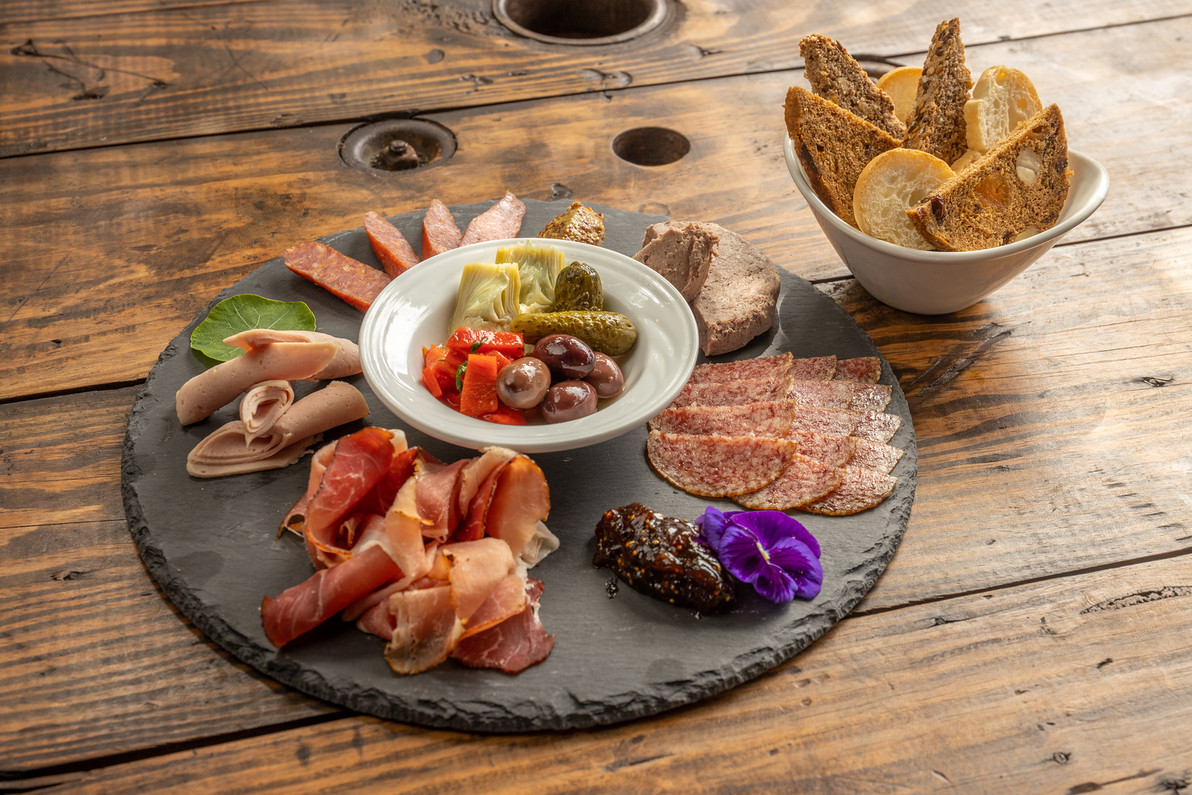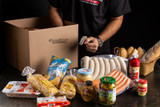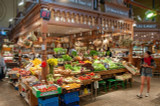Creating the Perfect Charcuterie Board: A Guide to Balance and Layout
When it comes to entertaining guests or simply treating yourself to a delightful snack, a well-crafted charcuterie board can elevate your culinary experience. A harmonious combination of cured meats, cheeses, fruits, nuts, and other accompaniments, a charcuterie board offers a diverse range of flavors and textures. To truly impress your guests and create a visually stunning presentation, it's essential to master the art of balancing and laying out your charcuterie board. In this blog post, we'll delve into the key elements that will help you create a perfectly balanced and aesthetically pleasing charcuterie board.
- Start with a Solid Foundation: Begin by selecting a large wooden or marble board as the base for your charcuterie masterpiece. Ensure that it is clean and free from any lingering odors that may affect the flavors of your ingredients. A large rectangular or circular board is ideal for accommodating a variety of components.
- Consider the Colors and Textures: A visually appealing charcuterie board is a treat for the eyes as much as it is for the palate. Aim to incorporate a variety of colors and textures to create a visually enticing display. Think about contrasting colors such as vibrant reds from cured meats, creamy whites from cheeses, and pops of color from fresh fruits.
- Arrange the Cured Meats: The cured meats are the heart of any charcuterie board. Begin by placing the meats in loose folds or rolls, arranging them in an inviting pattern across the board. Consider folding or rolling meats of different shapes and sizes to create visual interest. Distribute them evenly, leaving gaps for other elements to be added later.
- Introduce a Selection of Cheeses: Choose a diverse selection of cheeses, including different varieties, textures, and flavors. Place the cheeses in separate clusters, allowing each type to shine individually. Consider cutting some cheeses into cubes, wedges, or slices for ease of serving. Remember to provide a variety of cheese knives and spreaders for guests to use.
- Add Fresh Fruits and Vegetables: Fresh fruits and vegetables not only enhance the aesthetic appeal of your charcuterie board but also provide a refreshing and vibrant touch. Include seasonal fruits like grapes, berries, figs, or sliced melons. Arrange them in clusters or sprinkle them throughout the board to add color and balance the richness of the meats and cheeses. Additionally, add fresh vegetables such as cherry tomatoes, sliced cucumbers, or radishes for a crisp and crunchy element.
- Incorporate Condiments and Spreads: Condiments and spreads bring a new dimension of flavor to your charcuterie board. Consider including small bowls or ramekins filled with honey, mustard, chutneys, olives, or jams. These additions provide an opportunity for guests to customize their flavor combinations.
- Include Crunchy Elements: Crackers, breadsticks, and bread slices are essential for texture and to act as vehicles for enjoying the meats, cheeses, and condiments. Arrange them in a way that allows easy access for guests to pair with their desired ingredients. Consider offering a variety of options, such as plain, whole grain, or flavored crackers, to cater to different preferences.
- Fill the Gaps: Once you've placed the main components on your board, assess the gaps and empty spaces. Utilize these areas to add smaller elements like nuts, dried fruits, pickles, or even chocolates. These additions add interest, balance, and fill any remaining spaces, making your board appear abundant and complete.
- Embrace Visual Flow and Symmetry: A well-balanced charcuterie board exhibits a sense of visual flow and symmetry. Aim for a balanced distribution of elements throughout
3rd Aug 2023
Recent Posts
-
Enhancing Your Shopping Experience: Exciting Updates from Germandeli.com
At Germandeli.com, we take great pride in providing our customers with authentic German products and …20th Sep 2023 -
Festive Temptations: European Christmas Candy Galore
As the air turns crisp and the scent of cinnamon and evergreen fills the atmosphere, the holiday sea …8th Aug 2023 -
Exploring the World of European Delis
A Gourmet Haven at Your Fingertips In the rapidly evolving landscape of online shopping, the cu …8th Aug 2023



